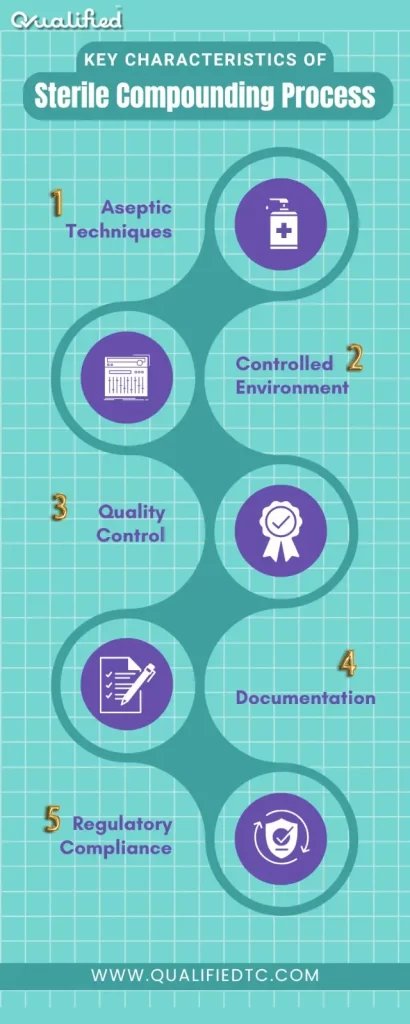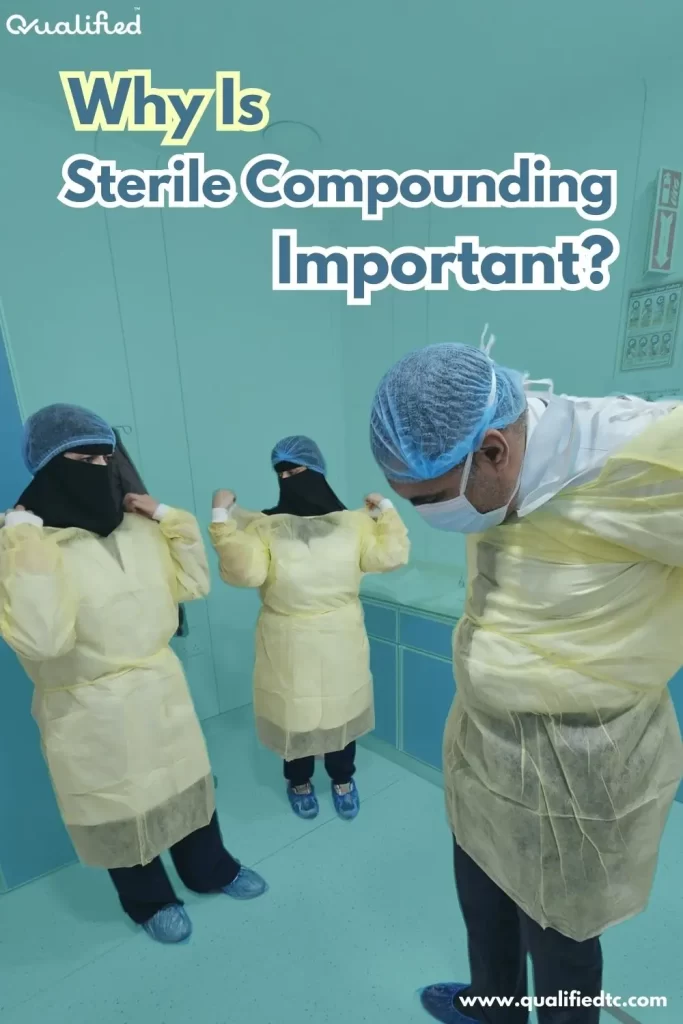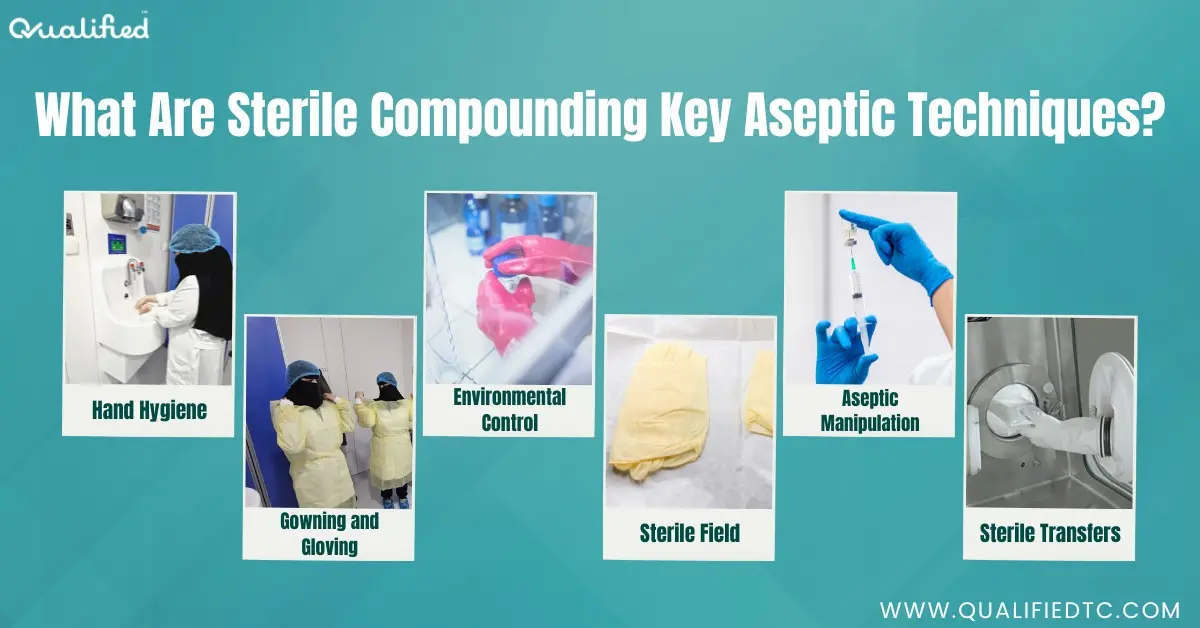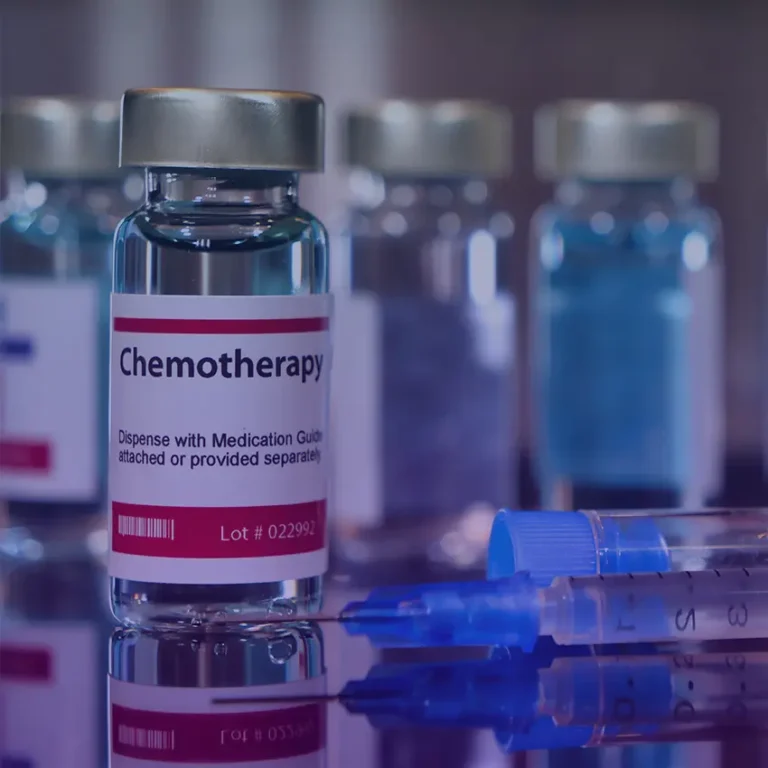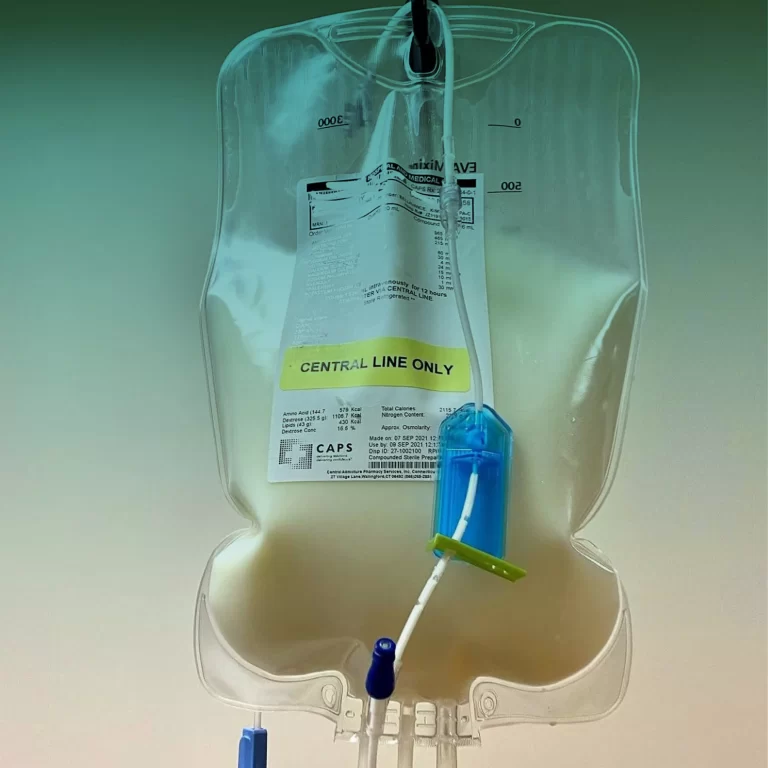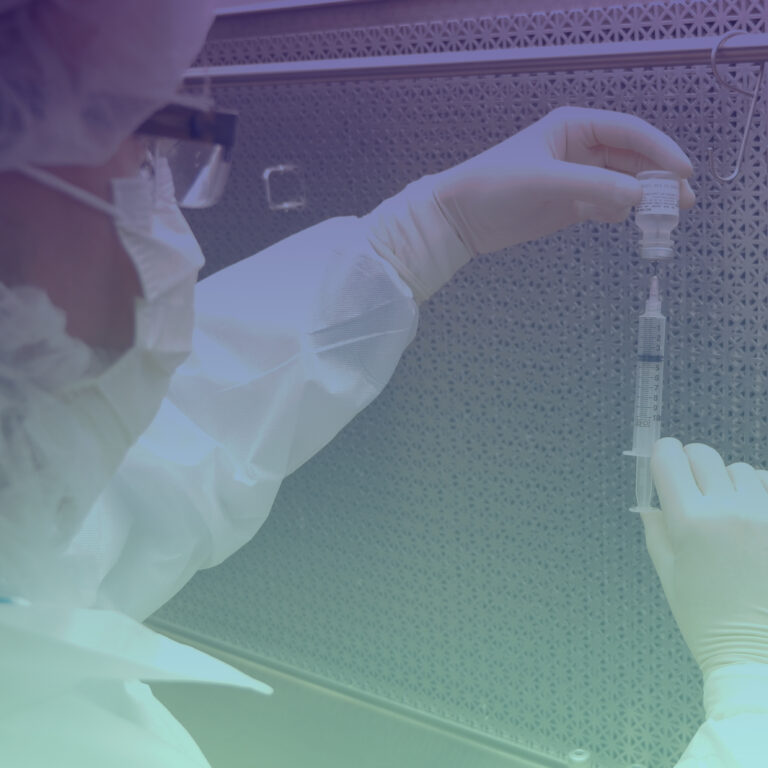What Is Sterile Compounding? Aseptic Techniques and Beyond
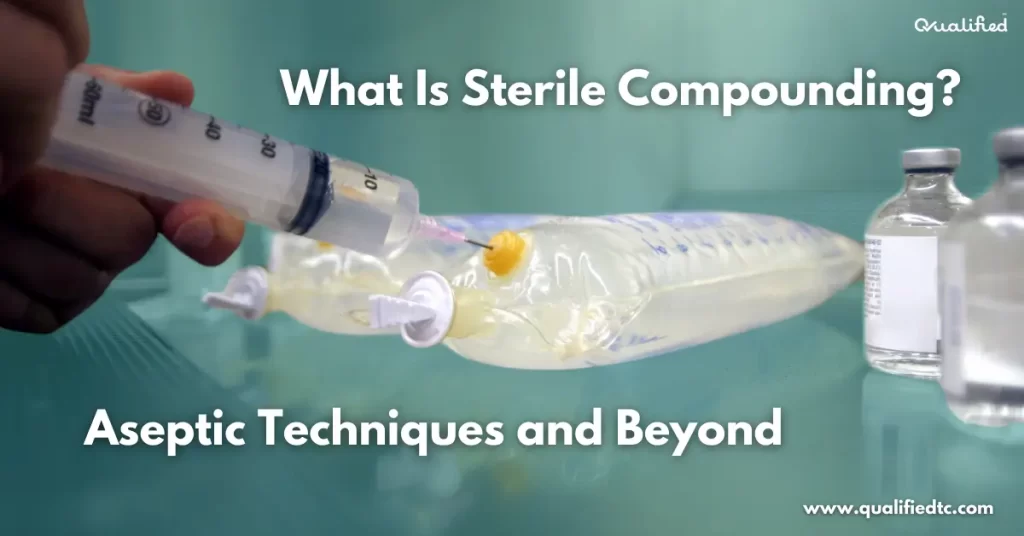
In the realm of healthcare, where precision and safety are paramount, it’s essential to understand ‘what is sterile compounding’. This specialized process involves the preparation of medications in a controlled environment, free from contamination.
This article will delve into the intricacies of sterile compounding, exploring its importance, the essential aseptic techniques that underpin the process, and their significance in ensuring the safety and efficacy of compounded medications.
What is Sterile Compounding? A Detailed Overview
Sterile compounding is the process of preparing medications in a controlled environment free from contamination. This involves mixing, diluting, or reconstituting ingredients to create custom formulations that are administered through injection, infusion, or directly into the body.
What is Contamination? A Closer Look
Contamination, in the context of sterile compounding, refers to the introduction of unwanted substances, such as microorganisms (like bacteria, fungi, and viruses), particulate matter, or foreign chemicals, into a sterile preparation. This contamination can render a medication ineffective or even dangerous if administered to a patient.
Beyond Manufacturers: The Role of Compounding Pharmacies
While sterile compounding is often associated with pharmaceutical manufacturers, it also plays a vital role in compounding pharmacies. These specialized pharmacies prepare medications based on prescriptions from healthcare providers. They can create custom formulations, ensuring that patients receive the exact medications they need.
What Are Sterile Compounding Process Key Characteristics?
The sterile compounding process is characterized by several key elements that ensure the safety and efficacy of the resulting medications. These include:
Aseptic Technique
It is a set of practices designed to prevent the introduction of microorganisms into a sterile environment. Maintaining an aseptic technique is crucial to prevent contamination and ensure the sterility of compounded medications.
Controlled Environment
A controlled environment, typically a cleanroom, is a space with a controlled level of contamination. This minimizes the risk of impurities and maintains the high standard of compounded medicines.
Quality Control
It involves implementing measures to ensure the compounded medications’ safety, efficacy, and accuracy. Quality control is essential to protect patient safety and prevent adverse events.
Documentation
It is the process of recording all steps involved in the sterile compounding process. Documentation is essential for traceability, compliance, and quality assurance.
Regulatory Compliance
Compounding pharmacies must adhere to specific regulations (like USP 797 & FDA) to ensure the safety and quality of their products. Regulatory compliance is essential to protect public health and maintain the credibility of the compounding industry.
By adhering to these key characteristics, compounding pharmacies can ensure that the medications, they prepare, are safe, effective, and meet the highest quality standards.
Know more about: Sterile Compounding Certification
Why Is Sterile Compounding Important?
The next question after: “What is sterile compounding?” is “Why is it important?”. Sterile compounding plays a critical role in healthcare by providing patients with customized medications that meet their unique needs. Here are some key reasons why sterile compounding is important:
1. Personalized Medication
- Tailored formulations: Sterile compounding allows for the creation of medications with specific dosages, strengths, or combinations of ingredients that may not be commercially available.
- Patient-specific needs: This can be especially beneficial for patients with allergies, sensitivities, or rare medical conditions.
2. Improved Patient Outcomes
- Enhanced efficacy: By providing medications tailored to individual needs, sterile compounding can improve treatment outcomes and reduce the risk of adverse reactions.
- Increased adherence: When patients receive medications specifically designed for them, they may be more likely to adhere to their treatment regimen.
3. Access to Essential Medications
- Unmet needs: Sterile compounding can help address unmet needs by providing access to medications that may not be available or affordable.
- Timely delivery: In cases of emergencies or shortages, sterile compounding can ensure that patients receive their medications in a timely manner.
4. Cost-Effective Healthcare
- Reduced waste: By creating custom formulations, sterile compounding can help reduce waste and minimize costs associated with unused medications.
- Improved efficiency: By streamlining the medication preparation process, sterile compounding can improve efficiency and reduce overall healthcare costs.
5. Advancement of Medical Research
- Experimental formulations: Sterile compounding is essential for the development and testing of new drugs and therapies.
- Personalized medicine: It plays a crucial role in advancing the field of personalized medicine, where treatments are tailored to individual patients based on their genetic makeup and other factors.
By understanding the importance of the sterile compounding process, healthcare providers can better meet their patients’ needs and contribute to the advancement of healthcare.
Keep updated and empower your professional development with Qualified, your trusted healthcare CPD companion.
What Are Sterile Compounding Key Aseptic Techniques?
Aseptic techniques are essential for preventing the introduction of microorganisms into sterile preparations. The key aseptic techniques include:
Hand Hygiene
- Use soap and water to scrub hands for at least 20 seconds. This helps ensure all surfaces are thoroughly cleaned.
- When soap and water are unavailable, use a hand sanitizer containing at least 60% alcohol.
Gowning and Gloving
- Wear clean, sterile gowns and gloves to protect the sterile field from contamination.
- Ensure gowns and gloves are donned and removed correctly.
Environmental Control
- Maintain a clean and disinfected work area to prevent the introduction of microorganisms.
- Use laminar flow hoods to provide a sterile work environment with a constant filtered airflow.
Sterile Field
- Drape a sterile field cloth over a clean, disinfected surface.
- Avoid touching the sterile field with non-sterile items and keep the field as small as possible.
Aseptic Manipulation
- Handle sterile items with care to avoid contamination.
- Keep movements as minimal as possible.
Sterile Transfers
- Use aseptic techniques when transferring sterile solutions from one container to another.
- Avoid touching the sterile portion of the container or the tip of the needle.
Why Are Aseptic Techniques Important?
Adhering to aseptic techniques is crucial for:
- Preventing contamination: Minimizing the risk of microorganisms entering sterile preparations.
- Ensuring medication safety: Protecting patients from adverse reactions caused by contaminated medications.
- Maintaining regulatory compliance: Complying with industry standards and regulations related to sterile compounding.
By consistently practicing aseptic techniques, compounding pharmacists and technicians can help ensure the safety and efficacy of the prepared medications.
Common Sterile Compounded Preparations in Hospital Pharmacies
Hospital pharmacies are often the primary settings for sterile compounding, where pharmacists and technicians prepare various medications, to meet the unique needs of patients. These include:
- Antibiotics: Penicillins, cephalosporins, aminoglycosides, and others.
- Chemotherapeutic agents: Cisplatin, carboplatin, cyclophosphamide, and others.
- Pain management: Opioids, non-opioids, and anti-emetics.
- Total parenteral nutrition (TPN): Containing carbohydrates, proteins, fats, electrolytes, vitamins, and trace elements.
These are just a few examples of the many sterile compounded preparations that hospital pharmacies provide.
Conclusion
As we have explored ‘what is sterile compounding’ and its critical role in healthcare, it becomes evident that implementing this specialized process is essential to prevent contamination and ensure the safety of compounded medications.
By providing personalized medications and addressing unmet needs, sterile compounding plays a vital role in improving patient outcomes and advancing healthcare.
To deepen your understanding of sterile compounding and learn how to implement these essential techniques in your practice, discover our Comprehensive Sterile Compounding & Aseptic Techniques Training Program.
recent posts :
Top Rated Courses :
Upcoming Events :
Join Our Newsletter :

